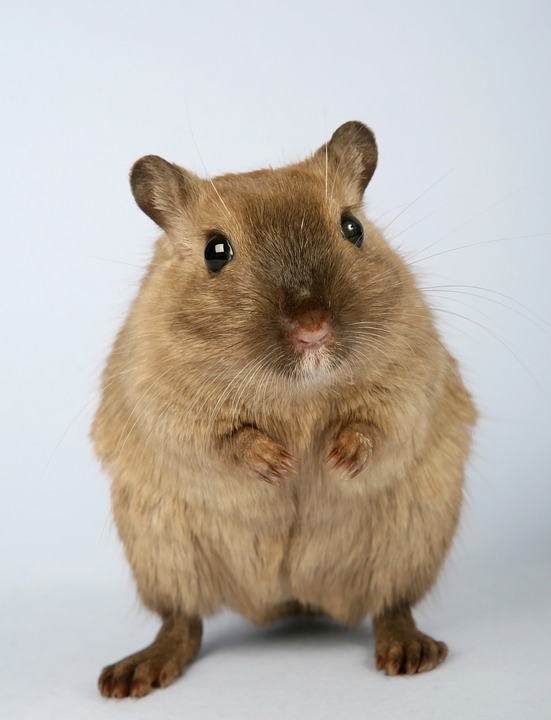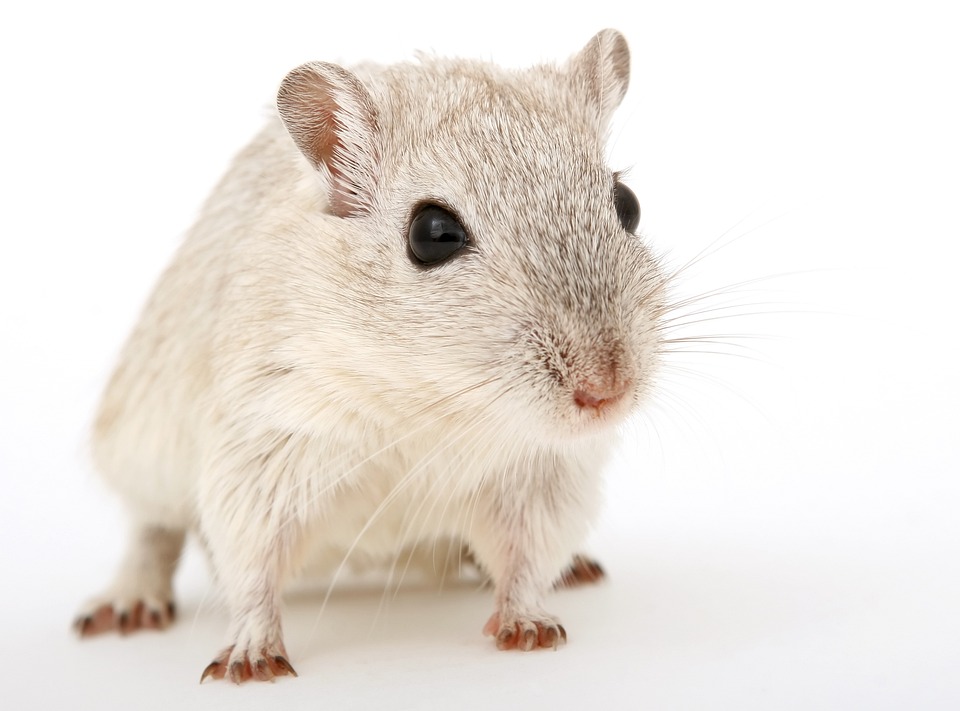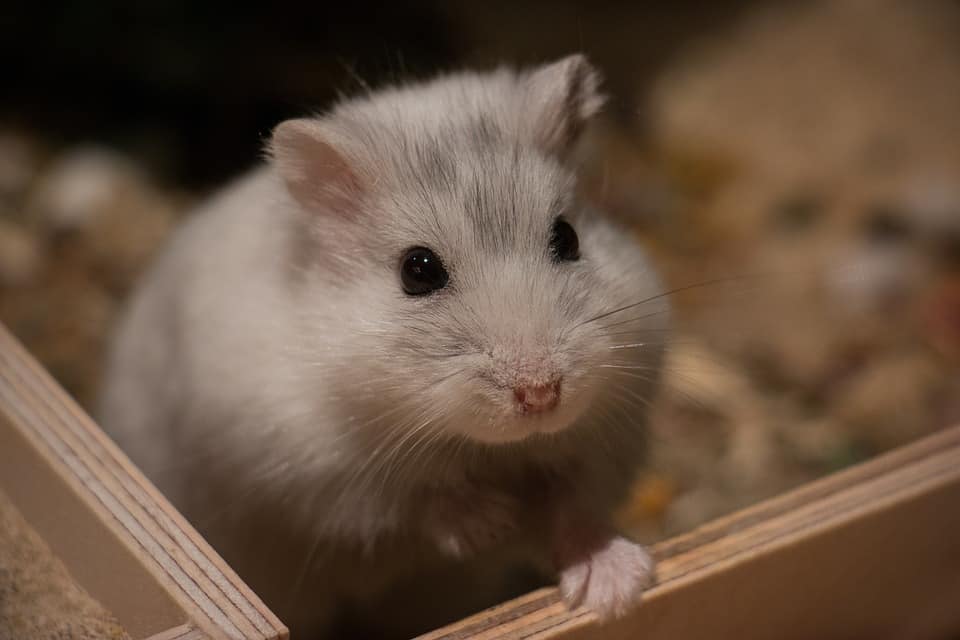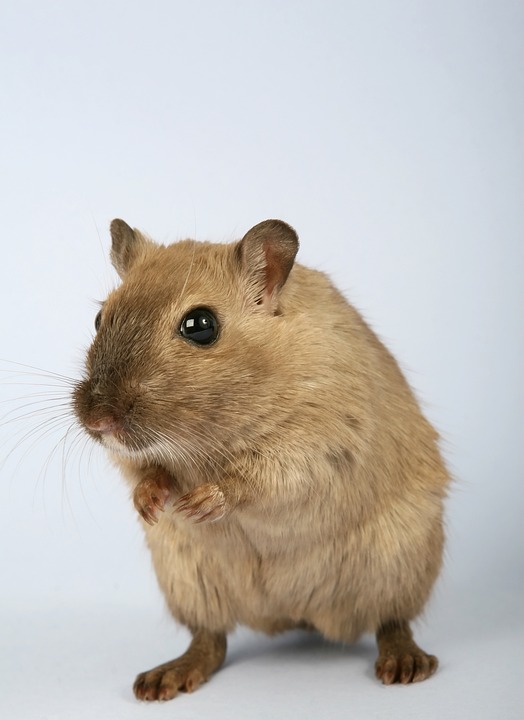What is the issue with using animal fur in fashion?
Animal fur has been a controversial topic in the fashion industry for many years. The issue with using animal fur in fashion is the ethical treatment of animals. Many people believe that using animal fur for fashion is unethical and cruel. Animals such as minks, foxes, and rabbits are often bred and killed for their fur, causing suffering and harm to these animals.
There is also the environmental impact of using animal fur in fashion. The fur industry contributes to pollution and greenhouse gas emissions, as well as the use of harmful chemicals in fur processing.
What are the arguments for using animal fur in fashion?
On the other hand, some argue that using animal fur in fashion is a tradition and a luxury. They believe that the fur industry provides jobs and supports local economies. There is also the argument that using animal fur is a sustainable and biodegradable material, compared to synthetic alternatives.
Additionally, supporters of using animal fur in fashion claim that fur farming and trapping are regulated and ensure the humane treatment of animals. They argue that advancements in fur farming practices have improved animal welfare standards.
How are fashion brands handling the controversy surrounding animal fur?
Many fashion brands have taken a stand against using animal fur in their products. Popular luxury brands such as Gucci, Prada, and Chanel have announced that they will no longer use animal fur in their collections. These brands have recognized the ethical concerns and public outcry against using animal fur in fashion.
Other brands have shifted towards using faux fur or alternative materials that mimic the look and feel of real fur without harming animals. This shift reflects a growing demand for ethical and sustainable fashion choices among consumers.
What are the alternatives to using animal fur in fashion?
There are various alternatives to using animal fur in fashion. Faux fur, also known as fake fur, is a popular alternative that provides a cruelty-free option for fashion designers and consumers. Faux fur is made from synthetic materials such as polyester and acrylic, and it can closely resemble real fur in appearance and texture.
Another alternative is the use of natural and sustainable materials in fashion, such as organic cotton, hemp, and recycled fabrics. These materials offer environmentally friendly options that do not involve animal exploitation.
Conclusion
The controversy surrounding the use of animal fur in fashion raises important ethical and environmental considerations. While there are arguments for and against using animal fur, it is evident that the fashion industry is undergoing a shift towards more ethical and sustainable practices. Fashion brands are increasingly choosing to avoid animal fur and embrace alternatives that do not contribute to animal cruelty or environmental harm. As consumers, we can support this shift by making conscious choices and advocating for the ethical treatment of animals in fashion.
FAQs
1. Are there any ethical ways to use animal fur in fashion?
While there are arguments for the ethical treatment of animals in fur farming and trapping, the controversy surrounding the use of animal fur in fashion continues to raise concerns about animal welfare and sustainability. Fashion brands are increasingly choosing to avoid animal fur and embrace alternatives that do not contribute to animal cruelty or environmental harm.
2. What are some sustainable alternatives to using animal fur in fashion?
There are various alternatives to using animal fur in fashion, including faux fur made from synthetic materials, as well as natural and sustainable materials such as organic cotton, hemp, and recycled fabrics. These alternatives offer environmentally friendly options that do not involve animal exploitation.
3. Why is using animal fur in fashion controversial?
The controversy surrounding the use of animal fur in fashion revolves around ethical considerations regarding the treatment of animals in the fur industry, as well as the environmental impact of fur production. Many people believe that using animal fur for fashion is unethical and cruel, causing suffering and harm to these animals. The fur industry also contributes to pollution and greenhouse gas emissions, as well as the use of harmful chemicals in fur processing.
4. How are fashion brands handling the controversy surrounding animal fur?
Many fashion brands have taken a stand against using animal fur in their products, choosing alternative materials such as faux fur or natural and sustainable fabrics. Popular luxury brands such as Gucci, Prada, and Chanel have announced that they will no longer use animal fur in their collections. These brands have recognized the ethical concerns and public outcry against using animal fur in fashion.
5. What can consumers do to support ethical and sustainable fashion choices?
As consumers, we can support ethical and sustainable fashion choices by making conscious decisions about the products we purchase. By choosing options that do not involve animal exploitation and environmental harm, we can contribute to the shift towards more ethical and sustainable practices in the fashion industry. Advocating for the ethical treatment of animals in fashion can also make a positive impact.



